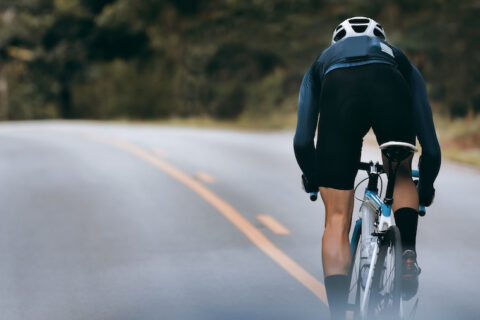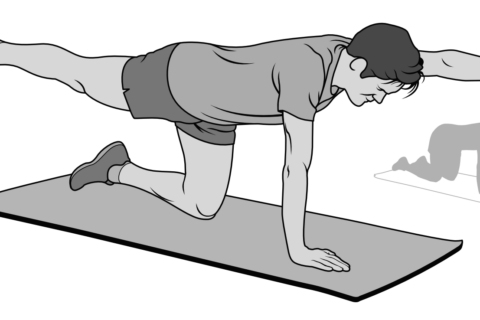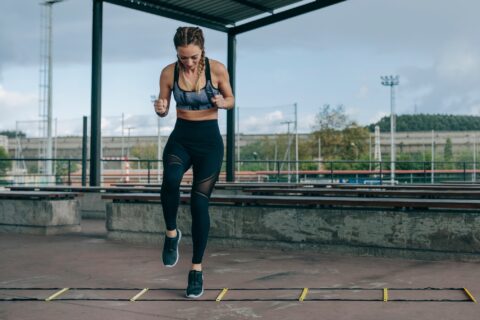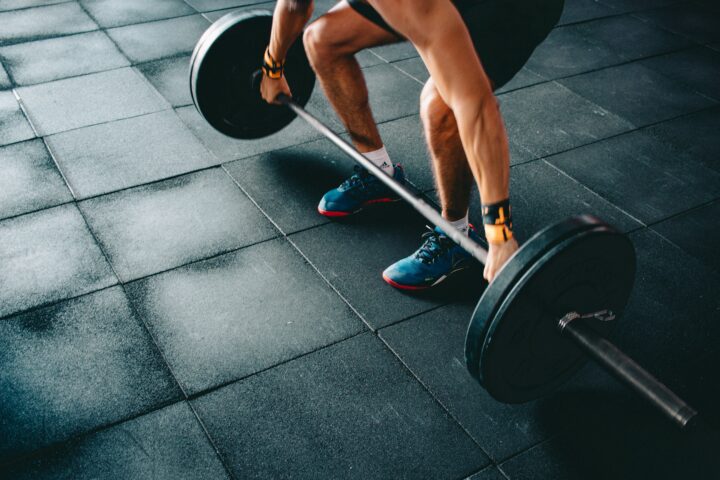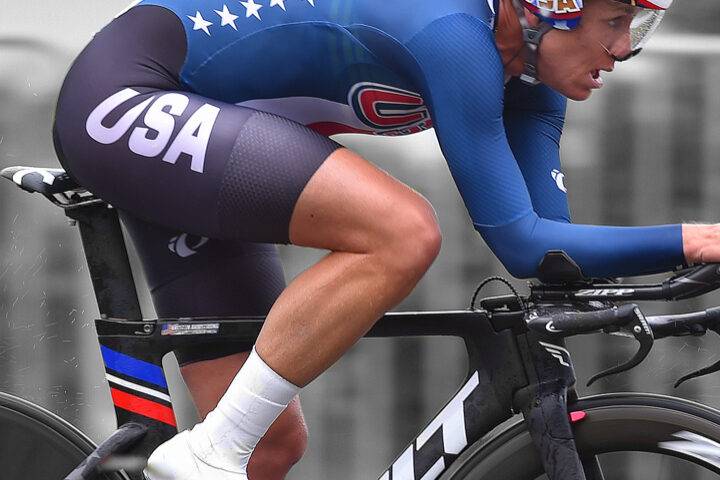Learning how to use the lower body appropriately is crucial for a number of high-performance bike skills. The reverse slide lunge will help develop control and power.
Learning how to use the lower body appropriately is crucial for a number of high-performance bike skills. The reverse slide lunge will help develop control and power.

